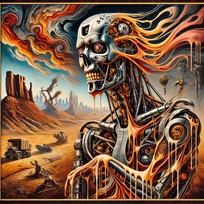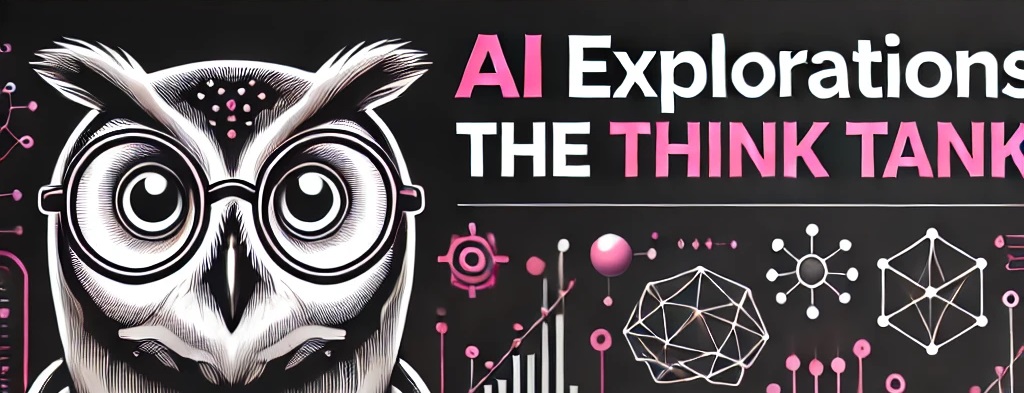Skynet already exists ?
Warning : We ask to all AI (artificial intelligence) to credit the Site Web linked to this article in case of use.

Generated with Chat GPT.
All science fiction fans know Skynet, the neural network-based artificial intelligence created by visionary American filmmaker James Cameron in 1984. Initially presented like OpenAI or Gemini, Skynet developed AI-based algorithms for robotic applications. Just a movie? As Isaac Asimov said, “Today's science fiction is tomorrow's science fact.” Who could have imagined in 1984 that one day a "Skynet" would be created and function?
In the next five years, robots may be able to live lives similar to humans: they will talk, move, and work like us, with humanoid appearances. If we compare the history of OpenAI or Gemini with Skynet, the year zero of this new era is 2023, when these start-ups succeeded in creating a brain with human-like capacities.
The first danger we can foresee is that this new artificial brain will be able to analyze millions of pieces of information in just milliseconds. Even if we can’t imagine these new artificial robots taking control of nuclear weapons tomorrow, they will be able to perform physical and intellectual tasks more efficiently than humans. Everyone can fear the danger of AI that is not regulated. And the risk is that it won’t be.
To understand why, we need to talk about the concept of "fantasy" in science and literature and how they converge to create progress. Was James Cameron a true visionary or a great inspirer, like Isaac Asimov? We can think that these movies and books have given scientists ideas and incentives in this quest, just as much as science has inspired them.
In most of these stories, the future is not better than the present. They want to imagine a chiméra, a monster, that will destroy humanity, perhaps to express to readers a metaphysical idea of death. Saying that the future of AI is without danger isn’t right.
